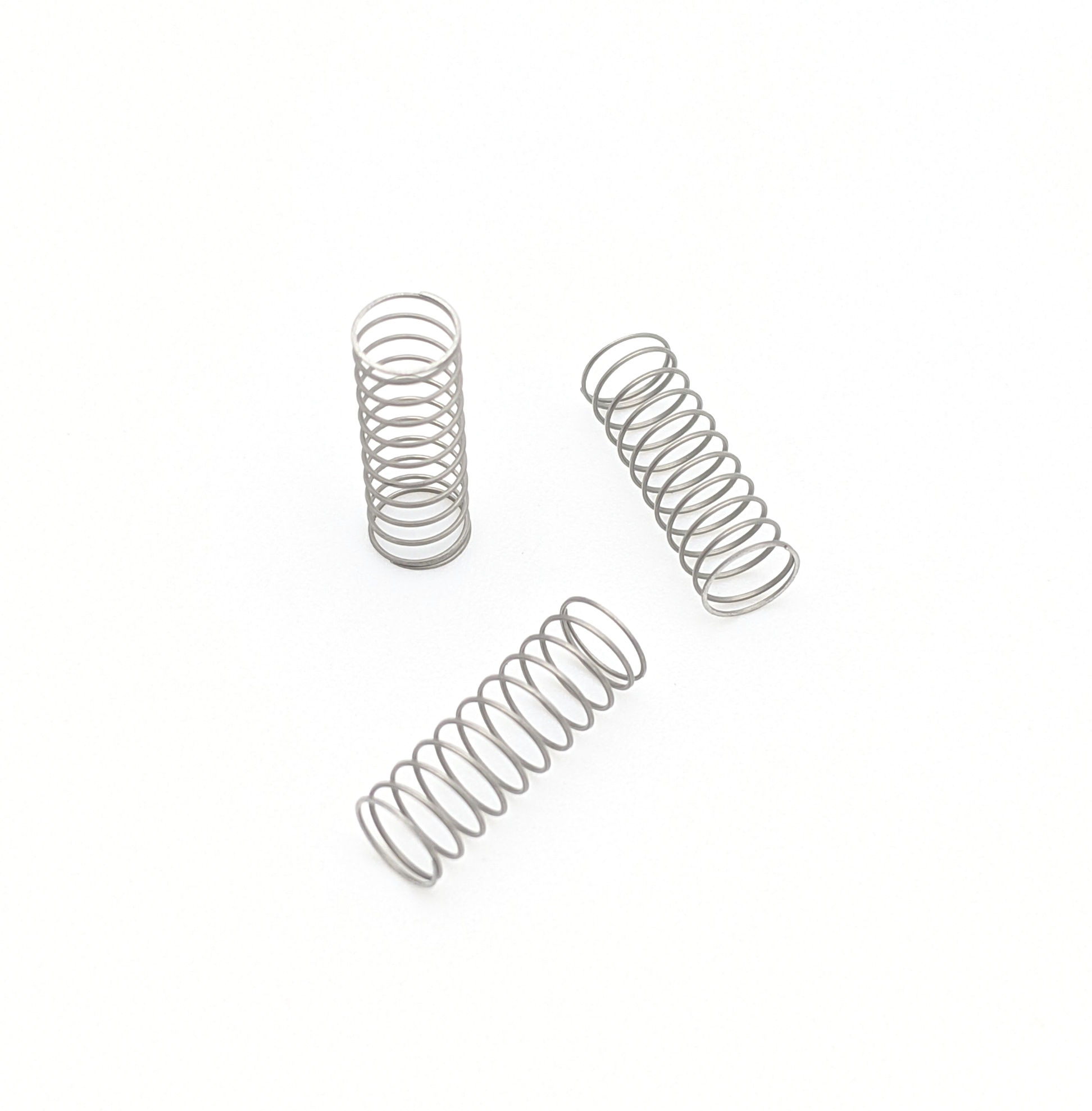Get unique, complex parts easily. No matter your requirements, Chaoyi Spring creates hard-to-produce coil springs and wire forms.
Let us help you create the custom wire form you need, from S-hooks and J-hooks to utility hooks and more.
We work closely with customers across a wide range of industries, helping them design and manufacture made-to-order parts.
Why choose Chaoyi Spring? We prioritize customer-focused collaboration, modern equipment and the latest technology to make your parts per print.
Find the information and guidance you need, from measuring a spring to learning about materials, placing an order and much more.
Springs, ubiquitous in our world, from the simple click of a ballpoint pen to the intricate suspension of a car, are marvels of engineering. Their ability to store and release


Springs, ubiquitous in our world, from the simple click of a ballpoint pen to the intricate suspension of a car, are marvels of engineering. Their ability to store and release energy through compression and extension is a fundamental principle in physics. Understanding the equation that governs this behavior, the equation of spring compression, is key to unlocking the secrets of their potential and using them effectively in diverse applications. This article will delve into the heart of this equation, exploring its derivation, the concepts it encapsulates, and its practical implications.

At the heart of spring compression lies Hooke's Law, a fundamental principle in physics. This law states that the force exerted by a spring is directly proportional to the displacement from its equilibrium position. In simpler terms, the more you compress or stretch a spring, the more force it will push back with. Mathematically, we can express Hooke's Law as:
F = -kx
Where:
- F is the force exerted by the spring (in Newtons, N)
- k is the spring constant (in Newtons per meter, N/m), which represents the stiffness of the spring (a higher k indicates a stiffer spring)
- x is the displacement from the equilibrium position (in meters, m)
The negative sign in the equation indicates that the force exerted by the spring is always in the opposite direction of the displacement. This means that if you compress the spring, it will push back, and if you stretch it, it will pull back.
To calculate the potential energy stored in a compressed or stretched spring, we can integrate the force equation from Hooke's Law. The work done in compressing or extending a spring is equal to the potential energy stored in the spring. We can express this mathematically as:
U = ∫F dx = ∫-kx dx = -1/2kx^2
Here, U represents the potential energy stored in the spring. This equation shows that the potential energy is proportional to the square of the displacement and the spring constant.
The equation of spring compression has profound implications in various fields, influencing everything from the design of car suspensions to the operation of delicate instruments. Let's explore some key applications:
In automotive engineering, springs play a crucial role in the suspension system. They absorb shock and vibration, ensuring a smooth ride. The equation of spring compression helps engineers design springs with the appropriate stiffness to handle the weight of the vehicle and provide optimal performance.
Springs are integral components of actuators in robotic systems, allowing for precise movement and controlled motion. The equation helps engineers select springs with the right stiffness to achieve desired force and displacement characteristics for robotic tasks.
Springs are used in medical devices, from surgical instruments to drug delivery systems. The equation of spring compression enables the design of springs with the precise stiffness needed to ensure accurate and reliable operation, ensuring safety and effectiveness in healthcare.
While the equation of spring compression provides a fundamental understanding of spring behavior, it's important to acknowledge that real-world springs exhibit nuances beyond this simple model. Factors like spring fatigue, temperature changes, and non-linearity can influence their performance. Advanced models and analysis techniques are employed in engineering to account for these complexities.
However, the equation of spring compression remains a crucial cornerstone in understanding the behavior of springs. It lays the foundation for more complex analyses and provides a valuable starting point for engineers and physicists alike.
The equation of spring compression, rooted in Hooke's Law, offers a powerful tool to understand the force and energy stored in springs. This equation has far-reaching implications, influencing the design of cars, robots, medical devices, and numerous other applications. While it provides a basic framework, it's essential to recognize that real-world springs exhibit complexities that necessitate advanced modeling. Nonetheless, the equation remains a fundamental principle, laying the groundwork for understanding the mechanics and potential of these ubiquitous components. Through its simplicity and versatility, the equation of spring compression continues to be a cornerstone of physics and engineering, illuminating the intricate dance between force, displacement, and stored energy in these remarkable devices.
Browse some of the custom wire forms and springs that we manufacture. Don’t see what you need? We specialize in made-to-order products that meet your application requirements.
Visit Our GalleryNeed a custom wire form or coil spring? We make it work. Fill out the contact form and a representative will respond within 1 business day. If you have a PDF or CAD file, you can submit to request a quote.